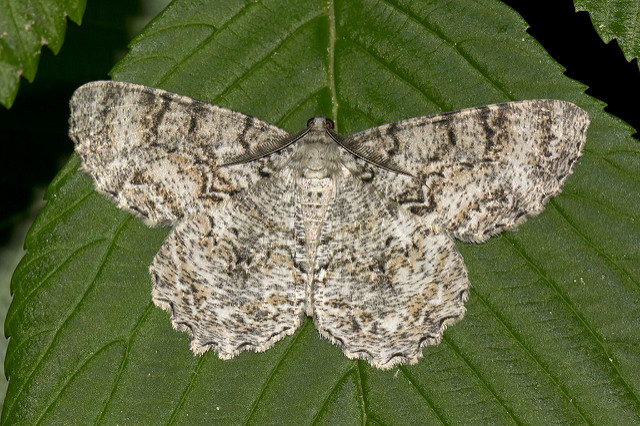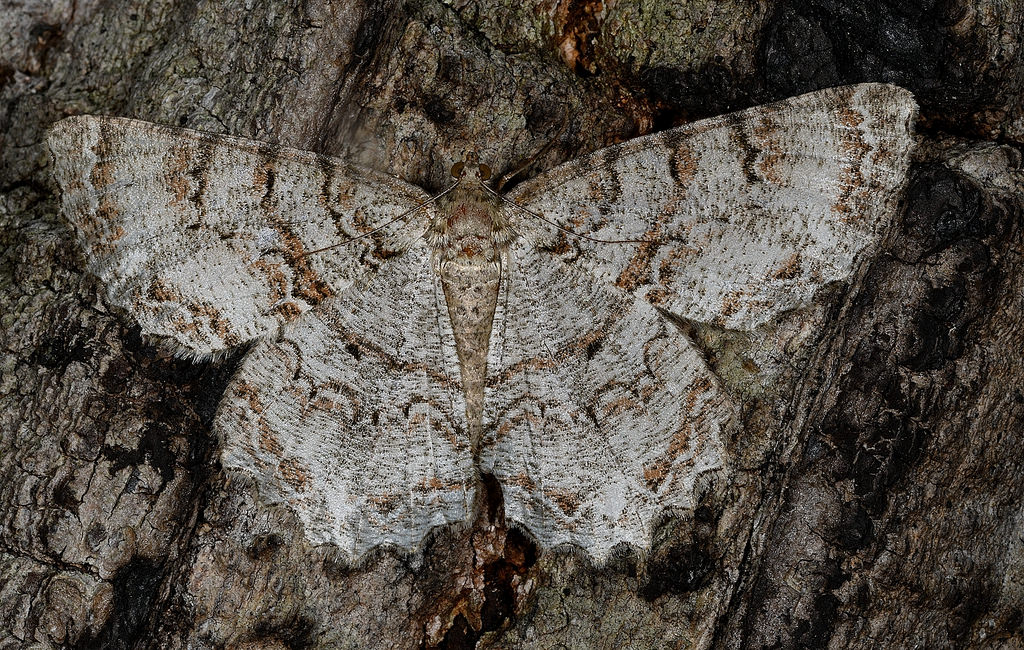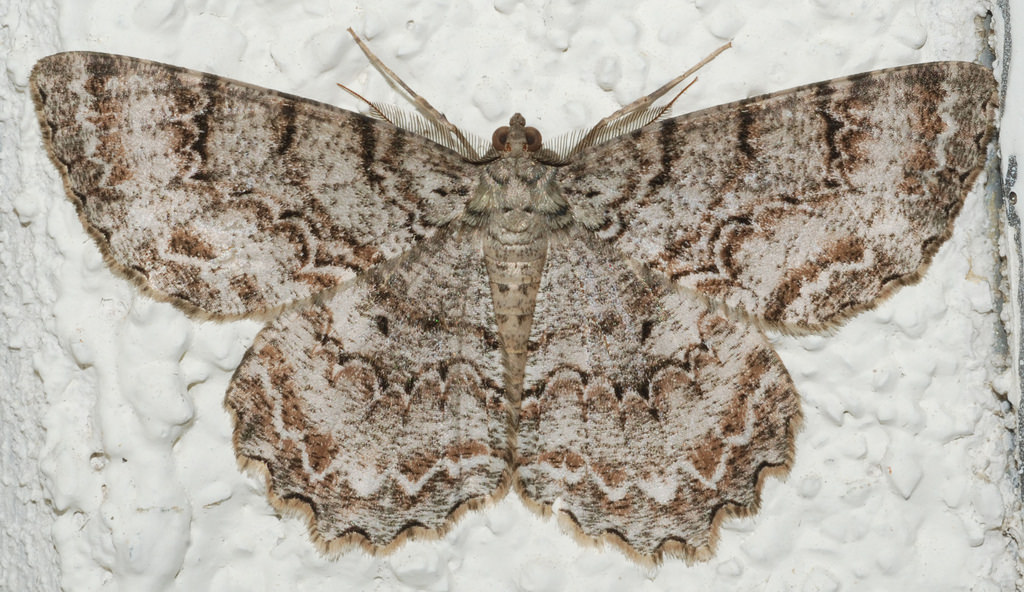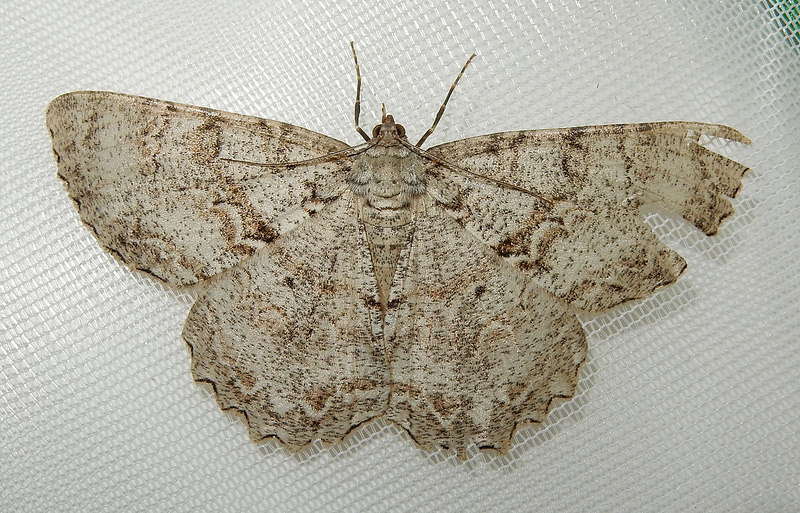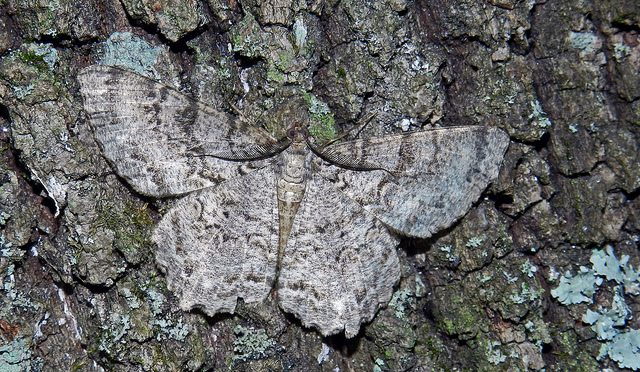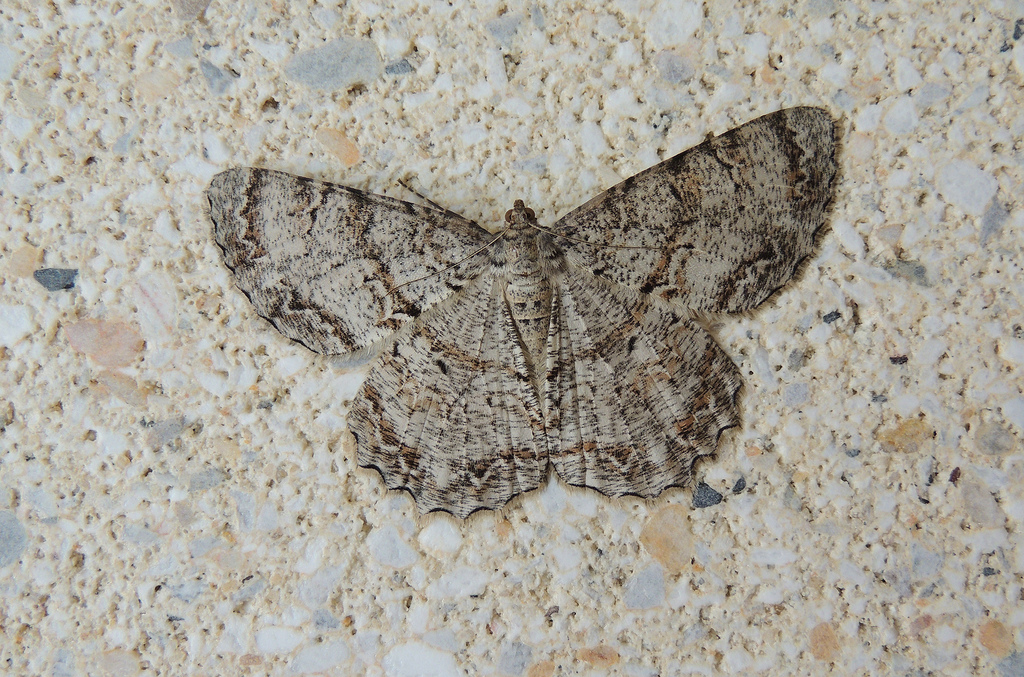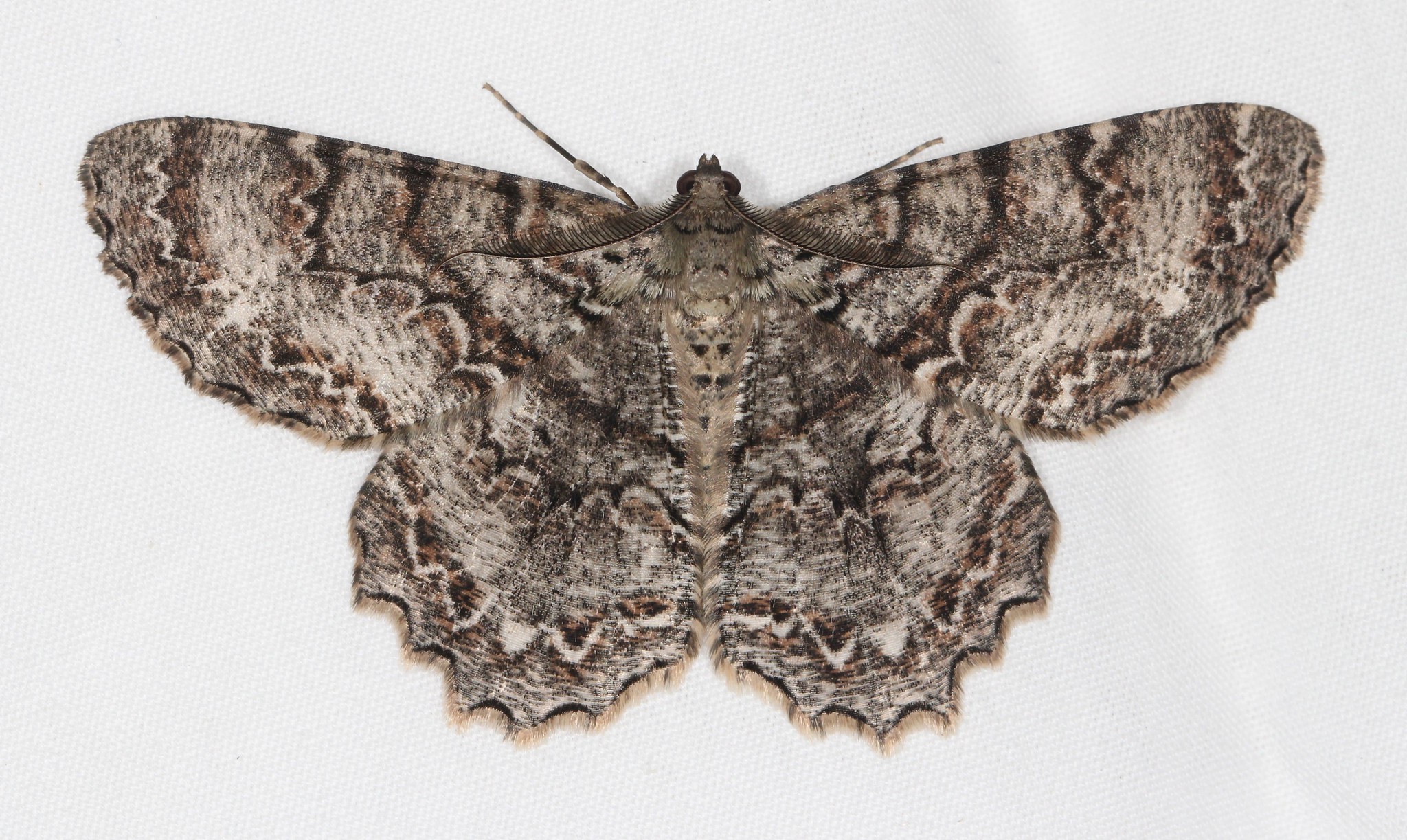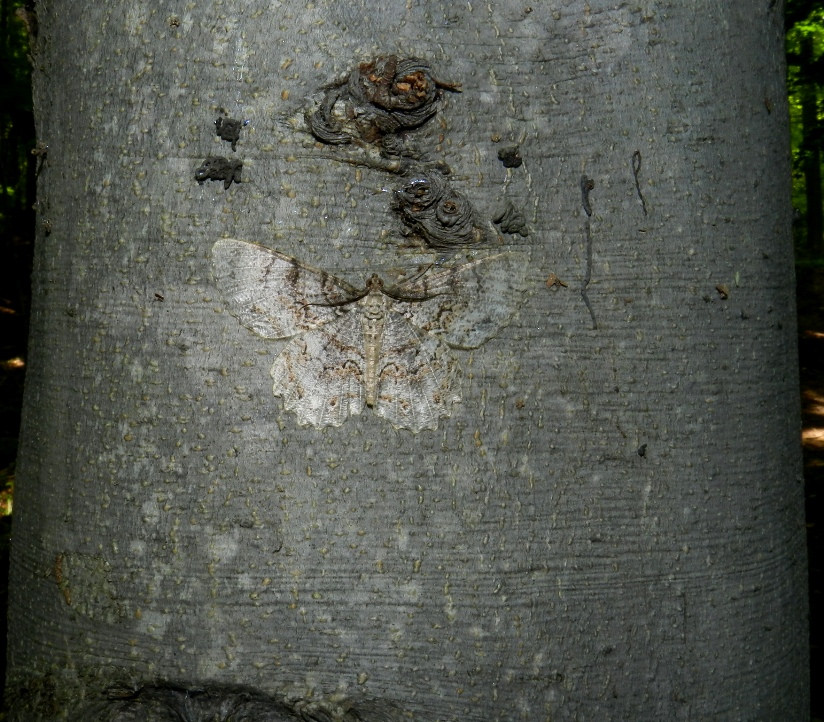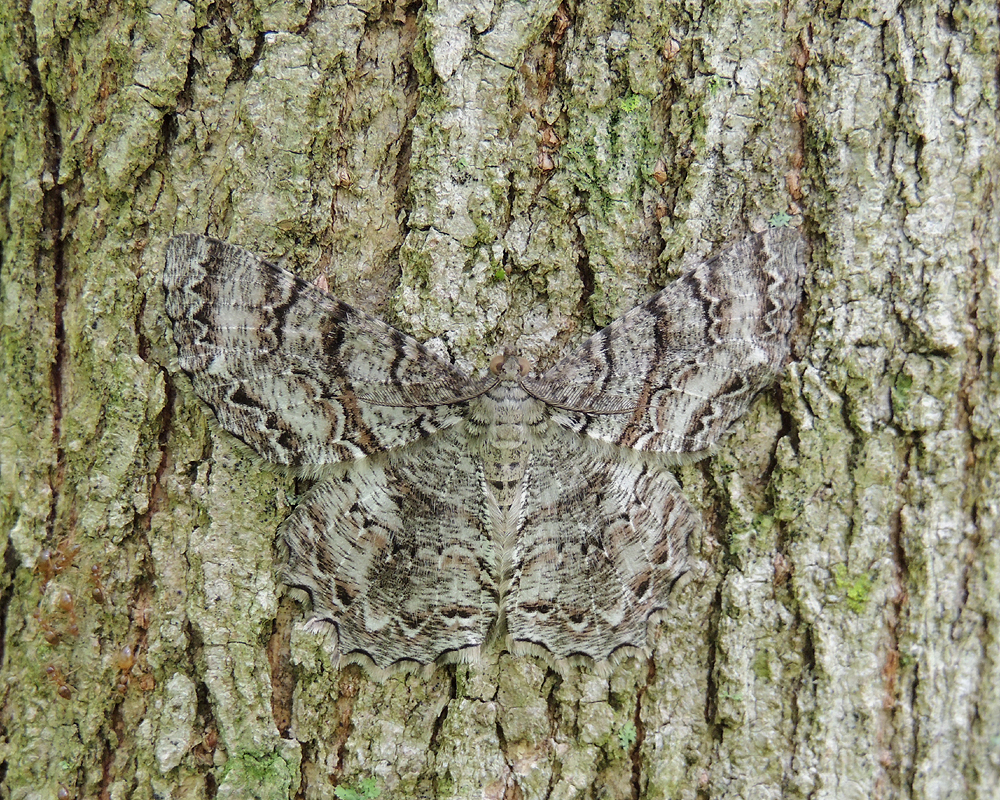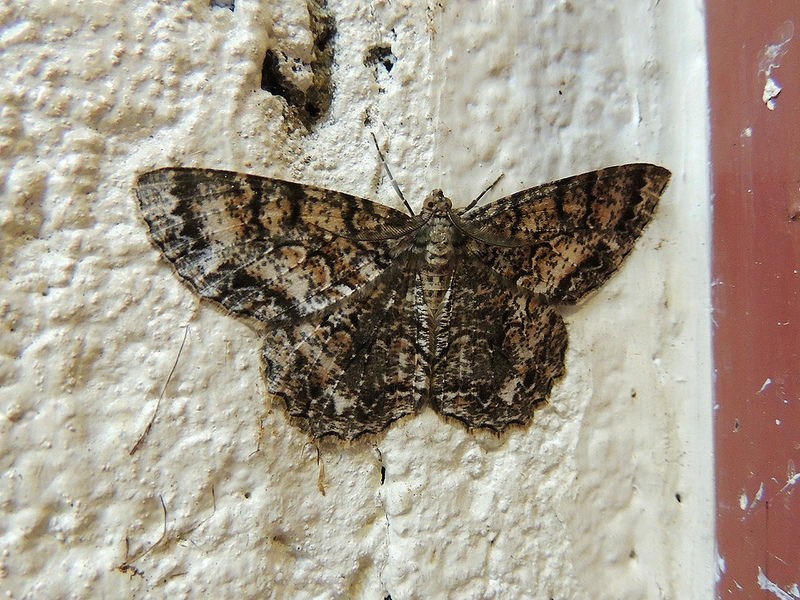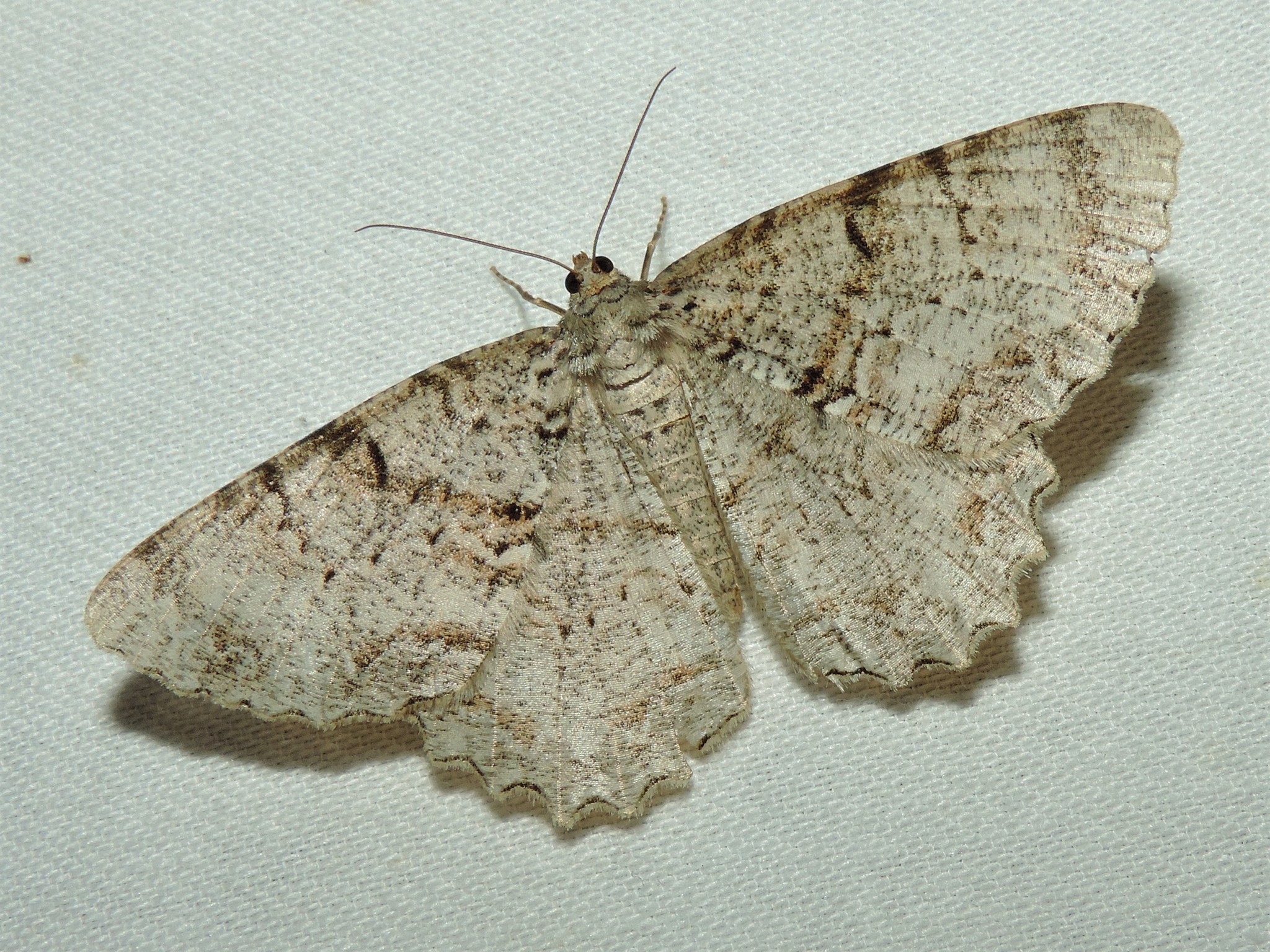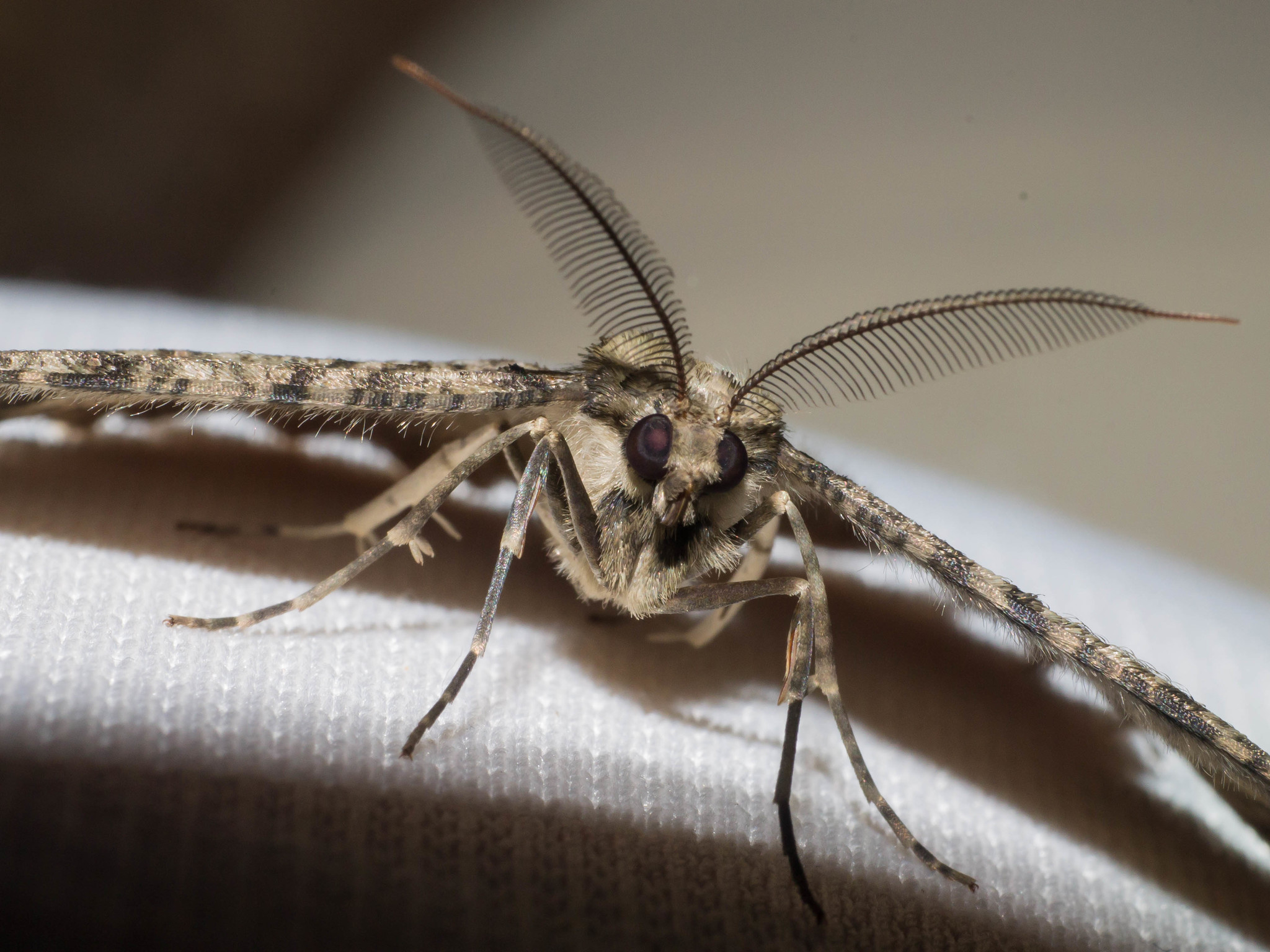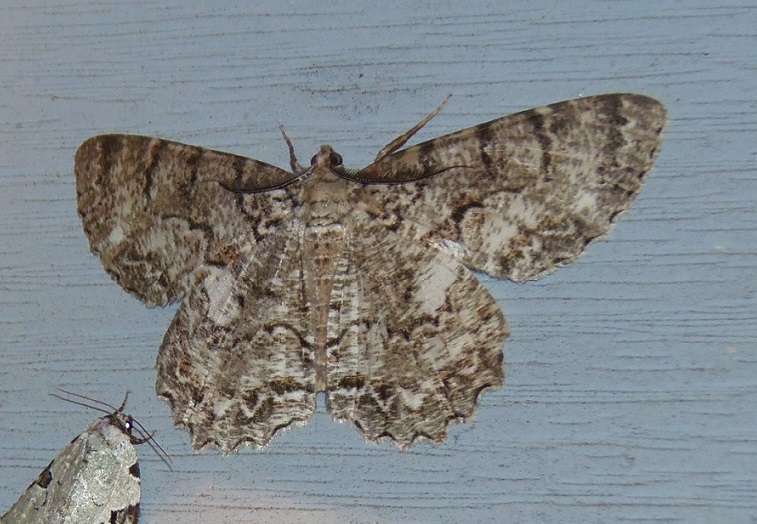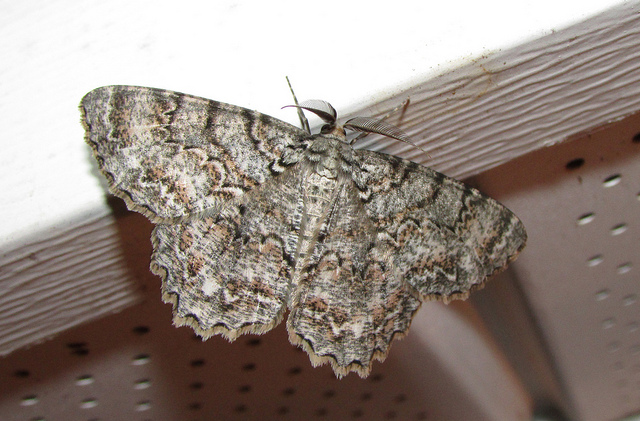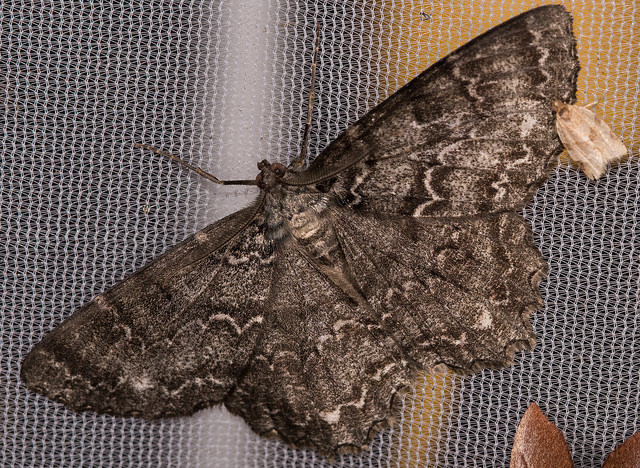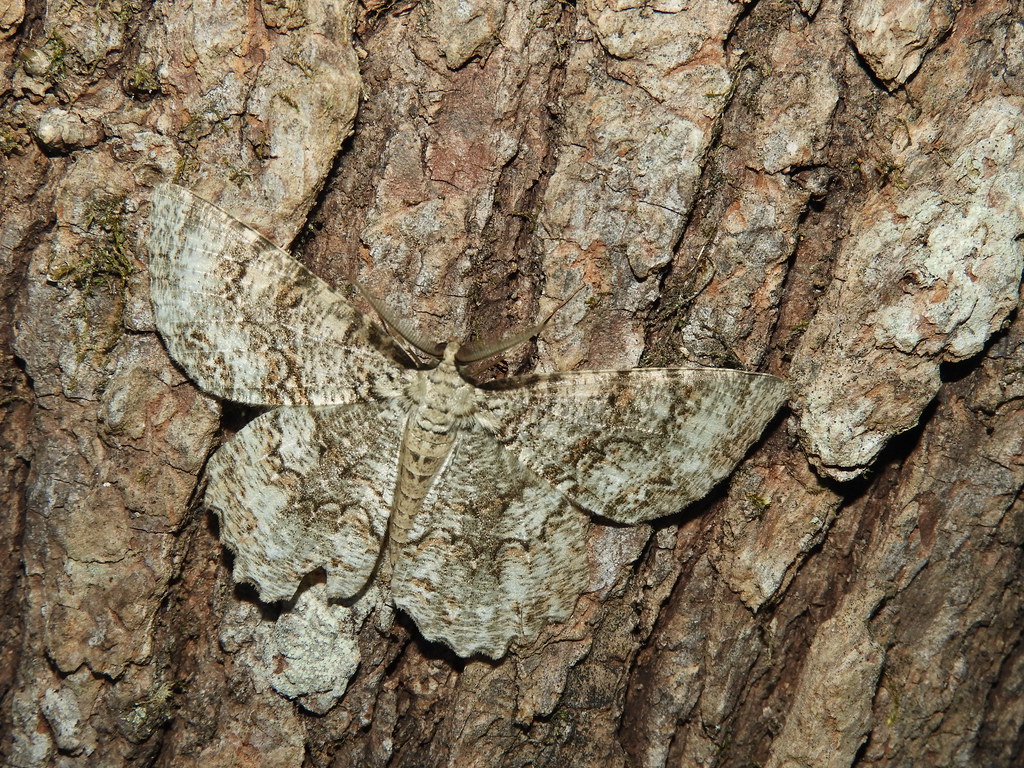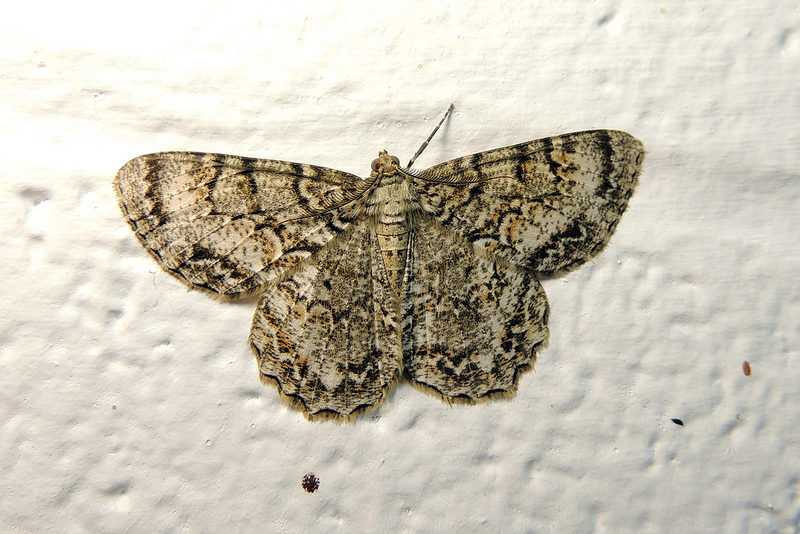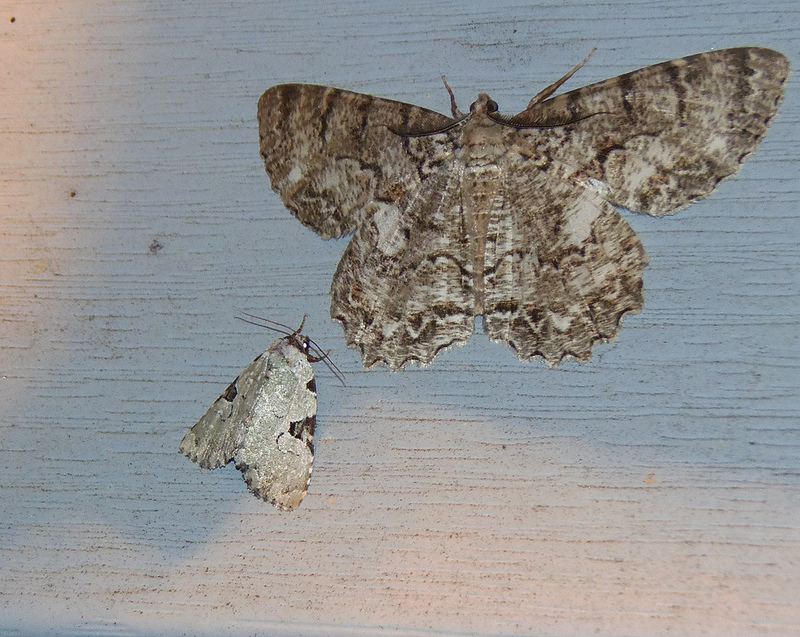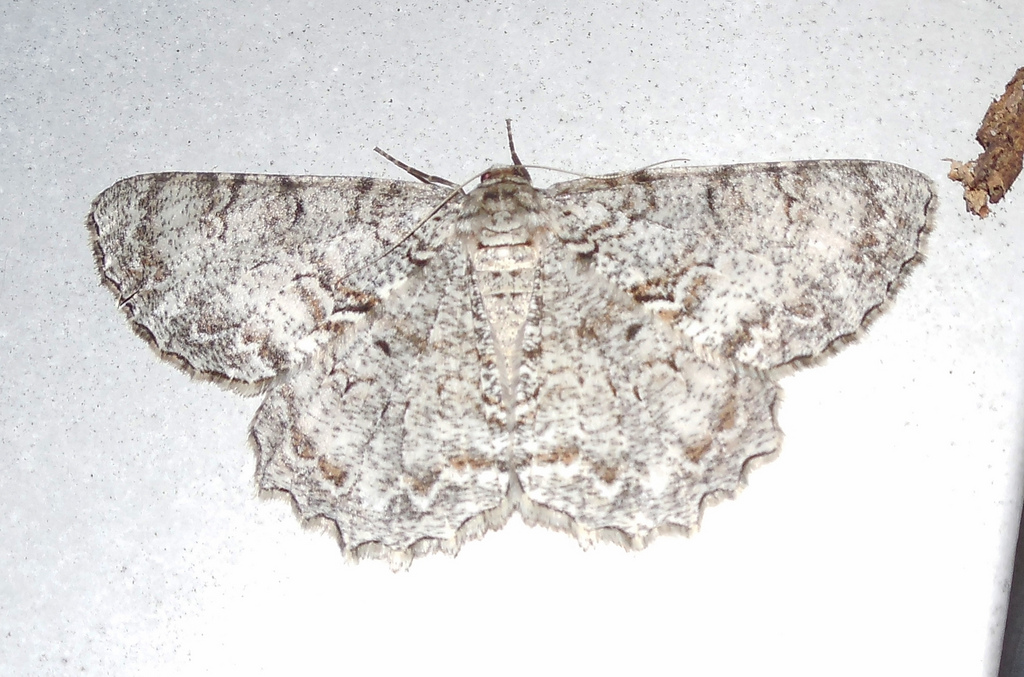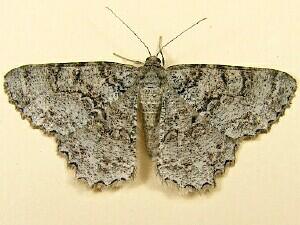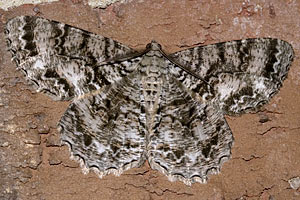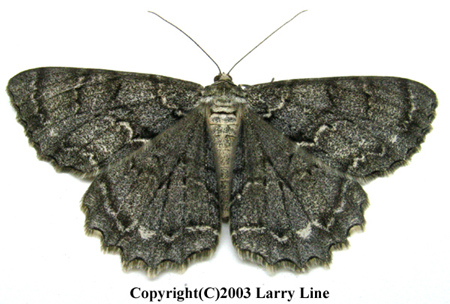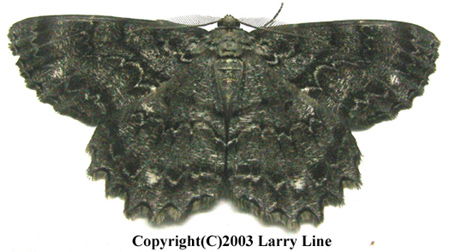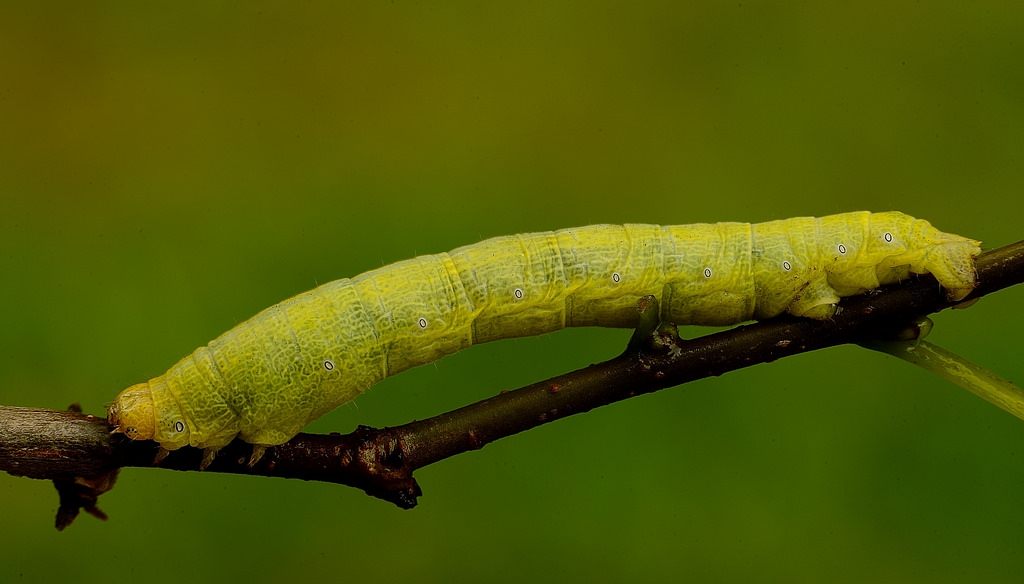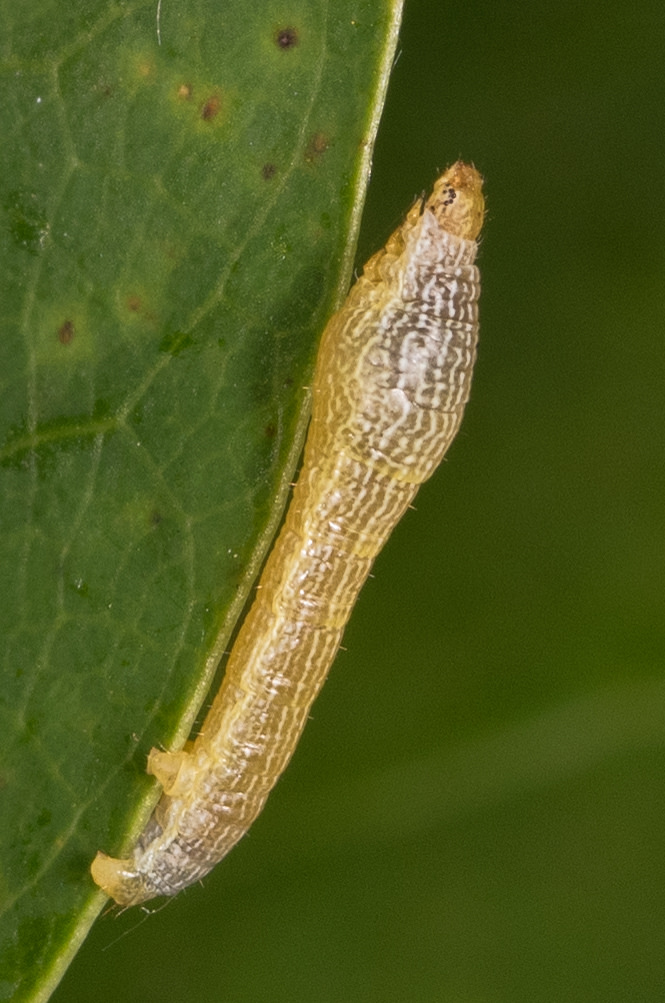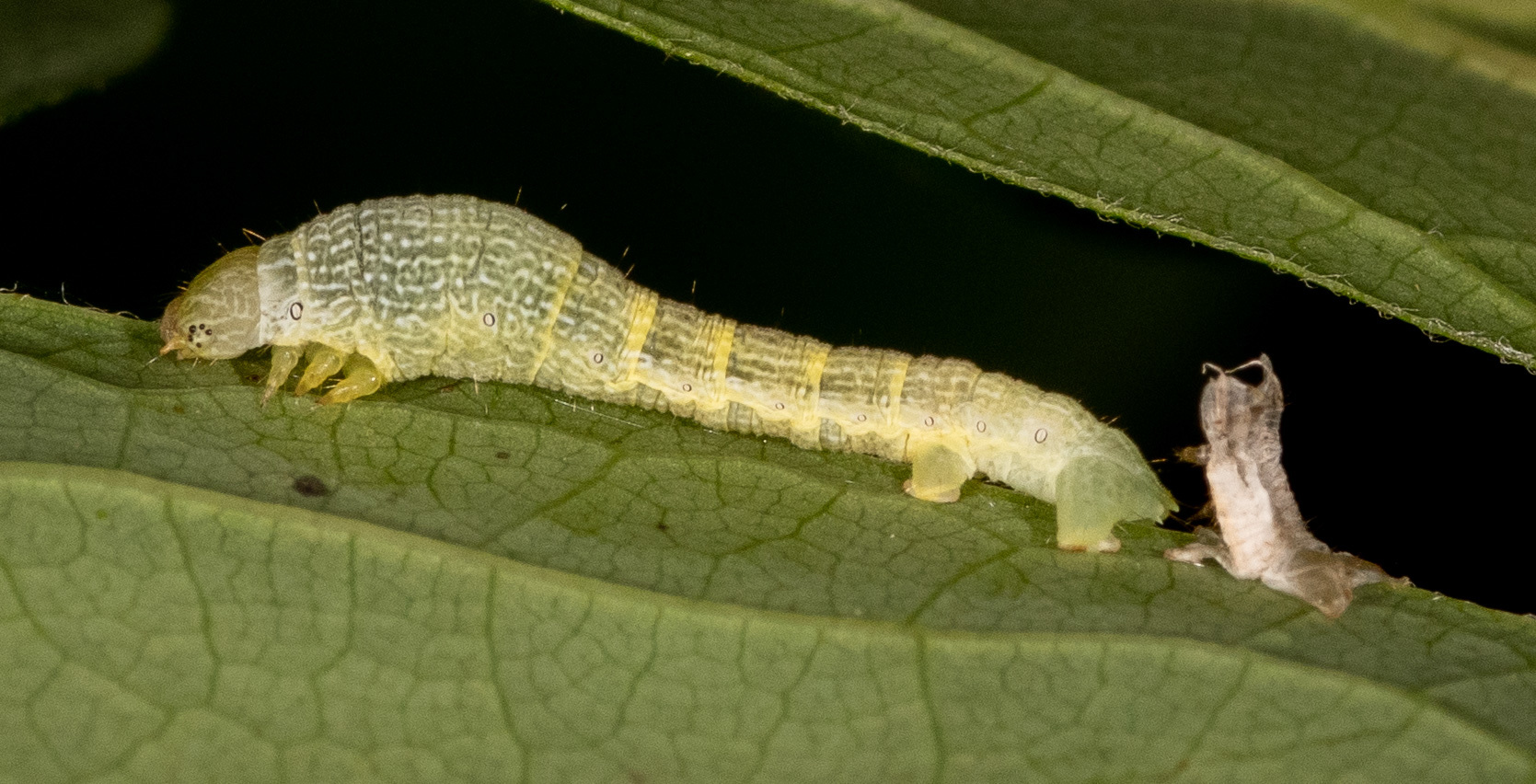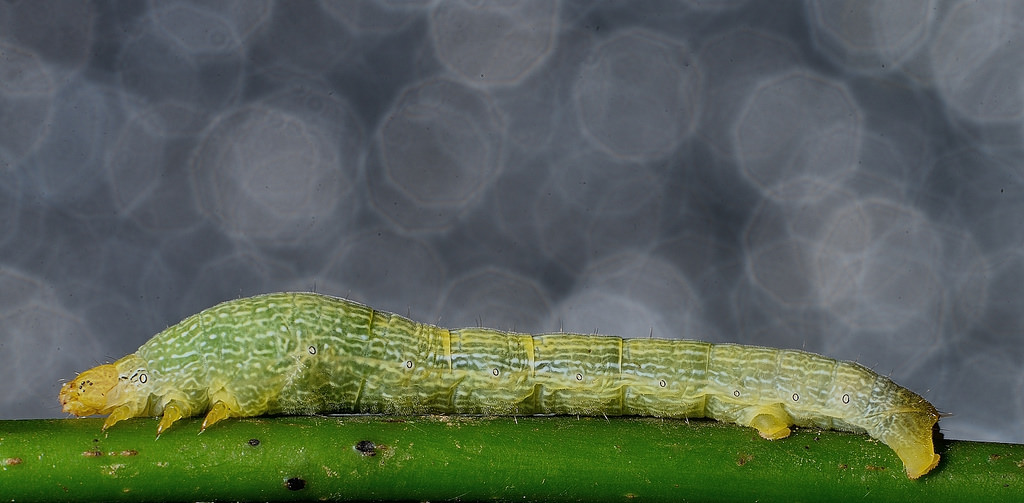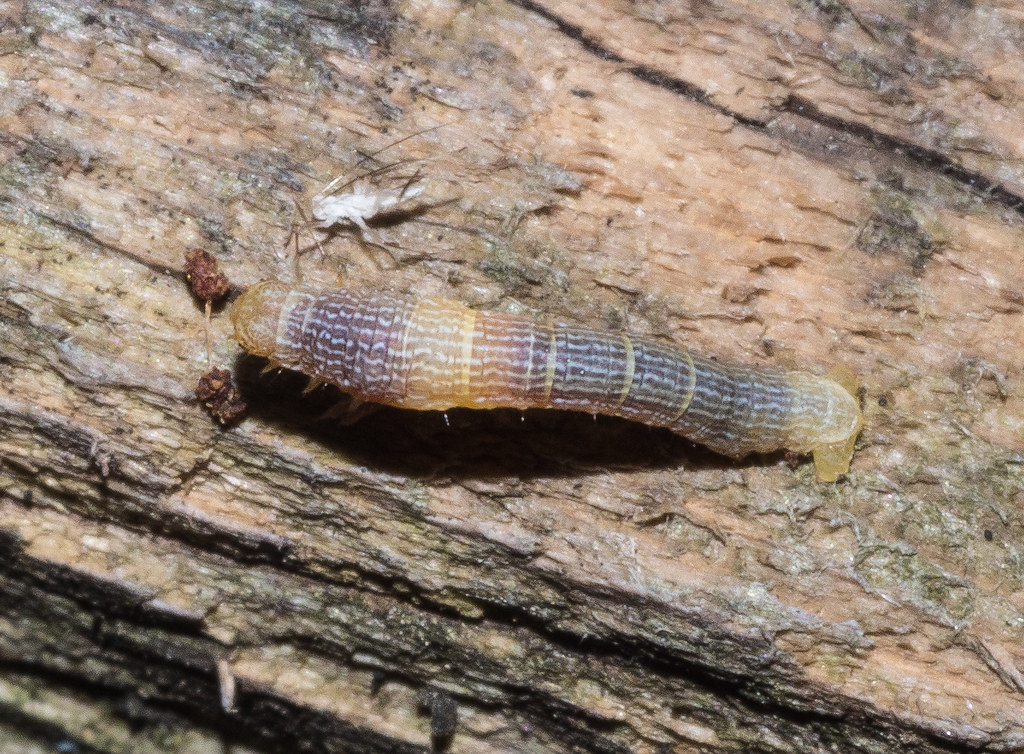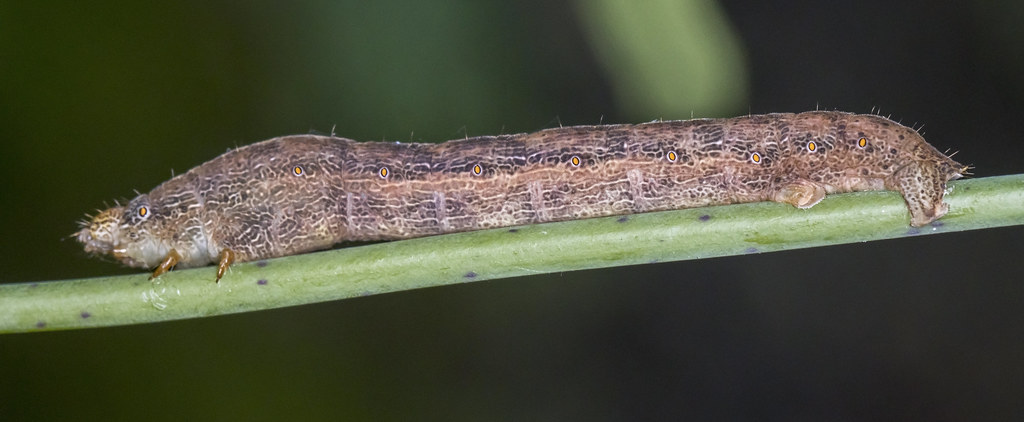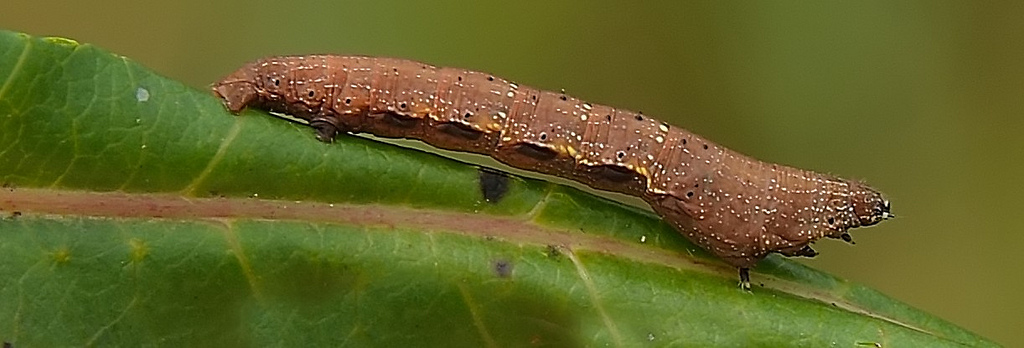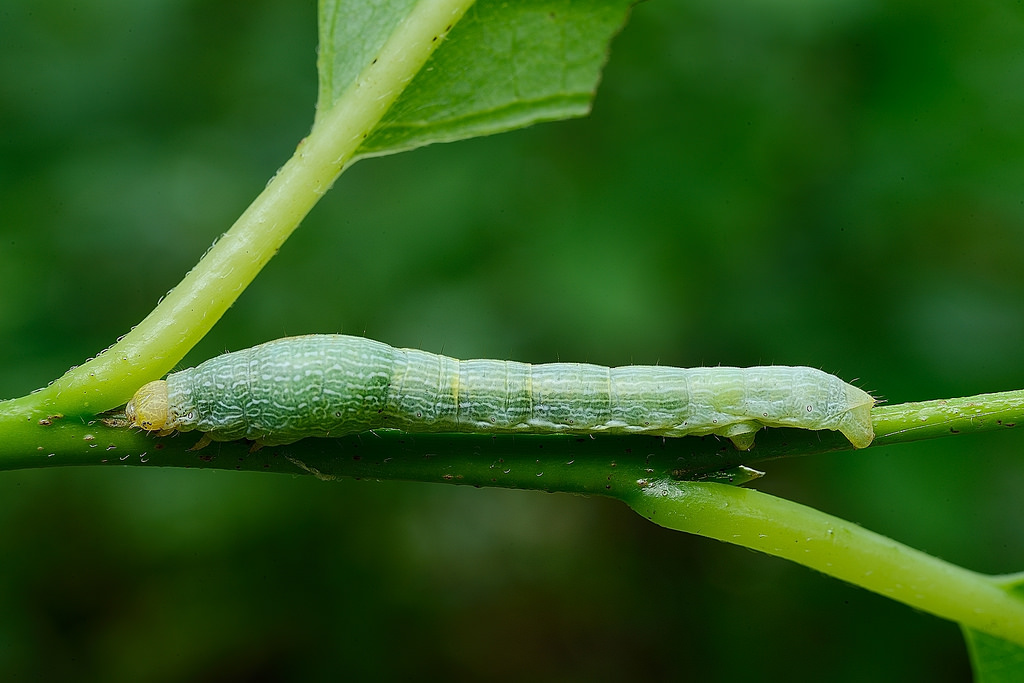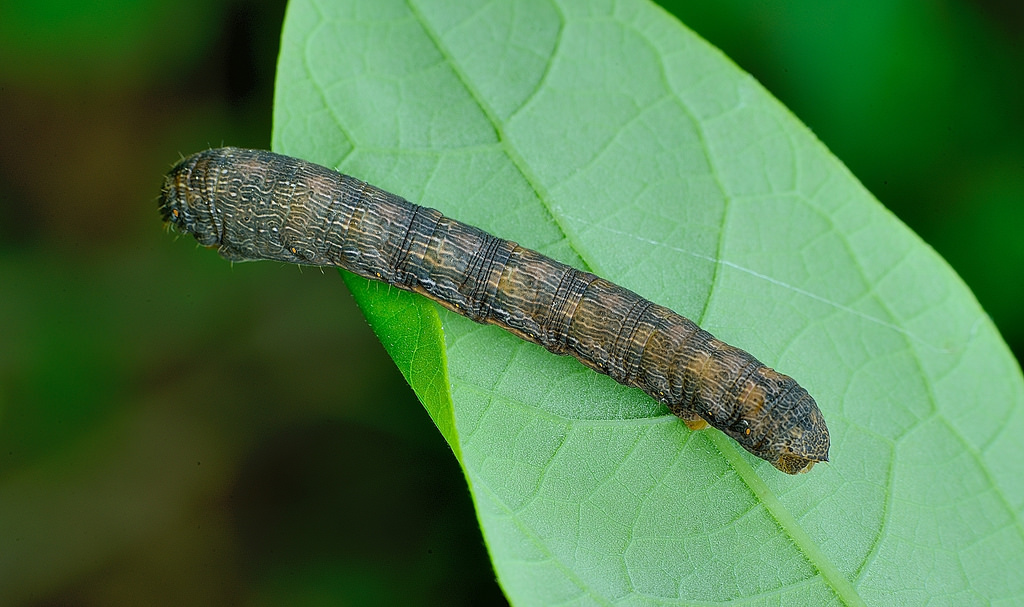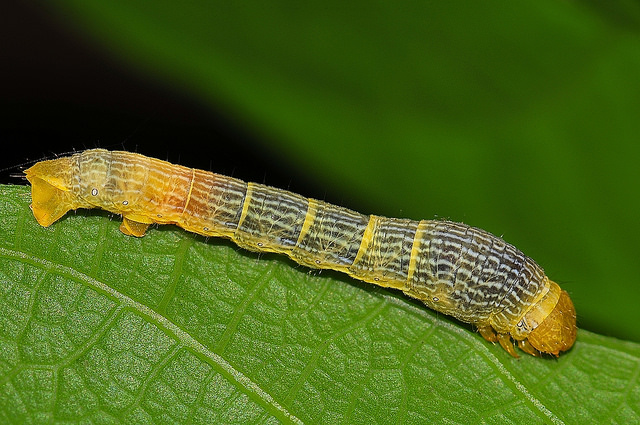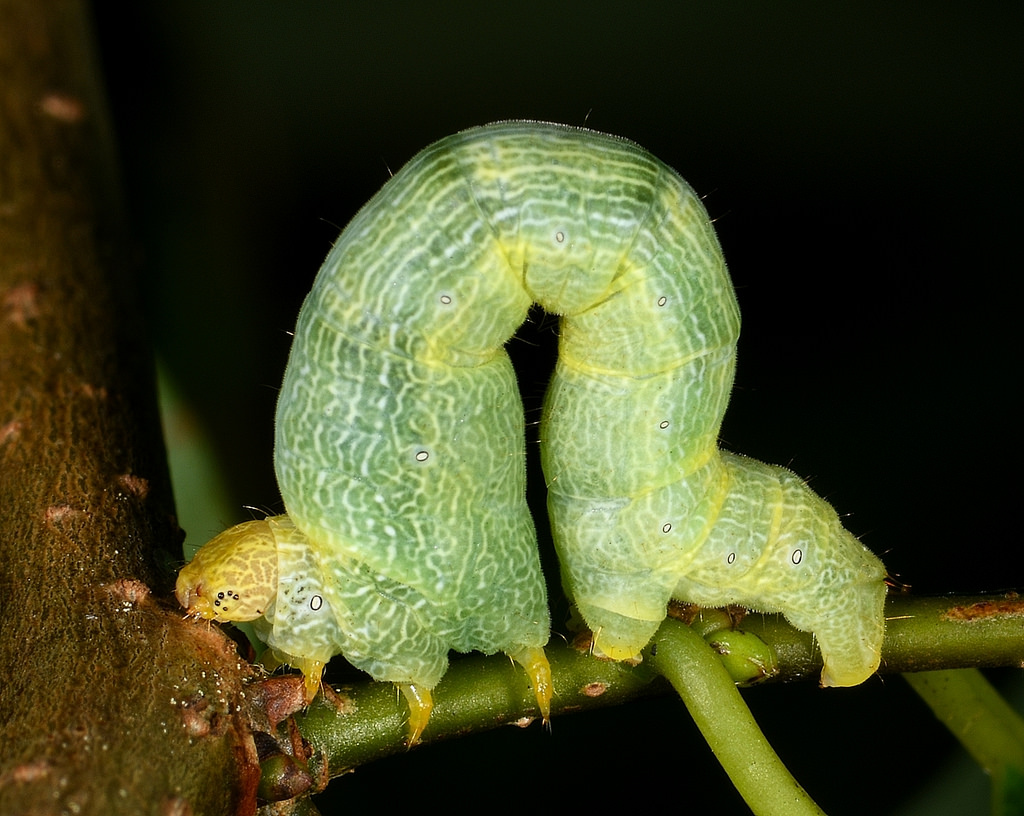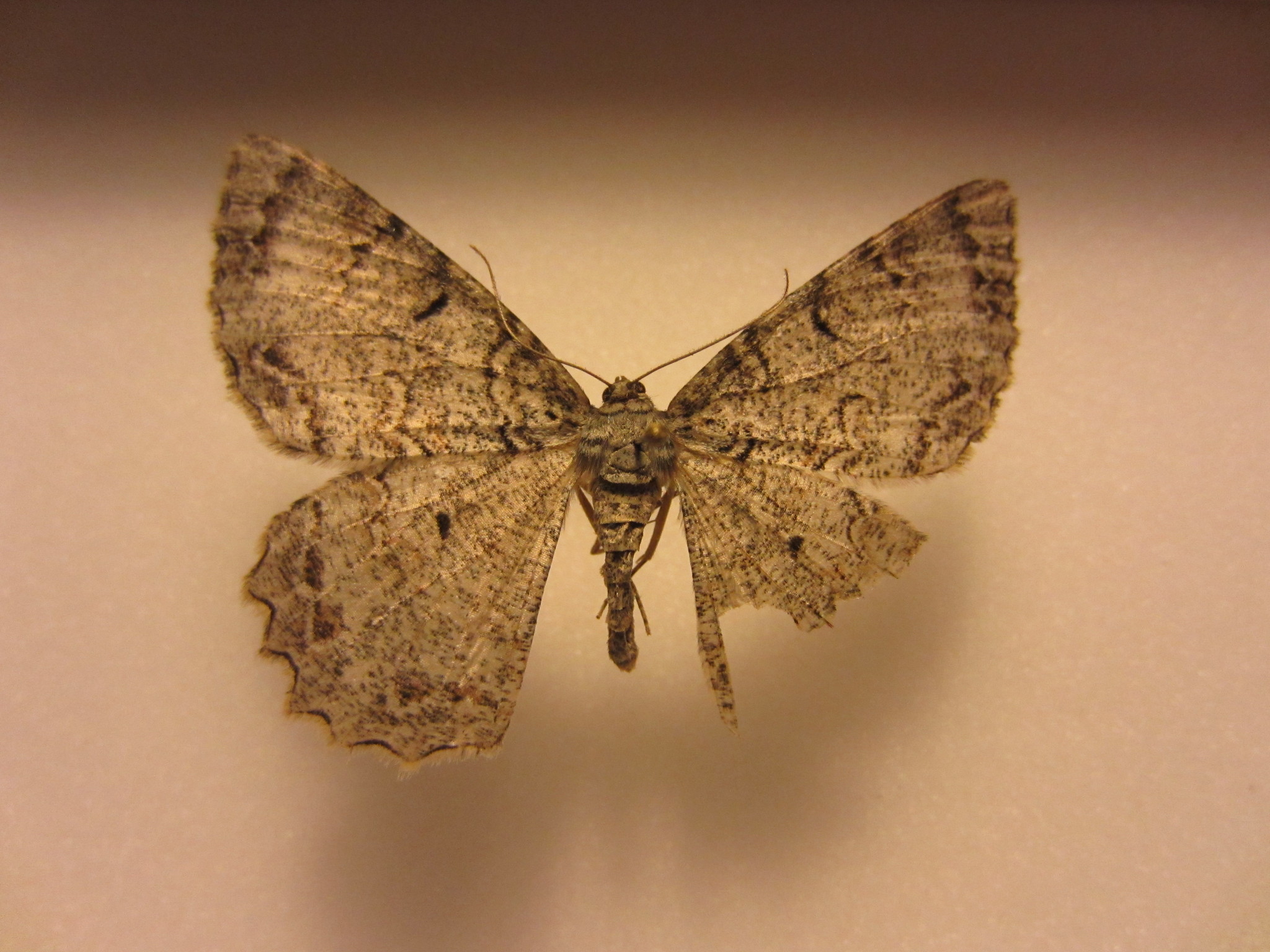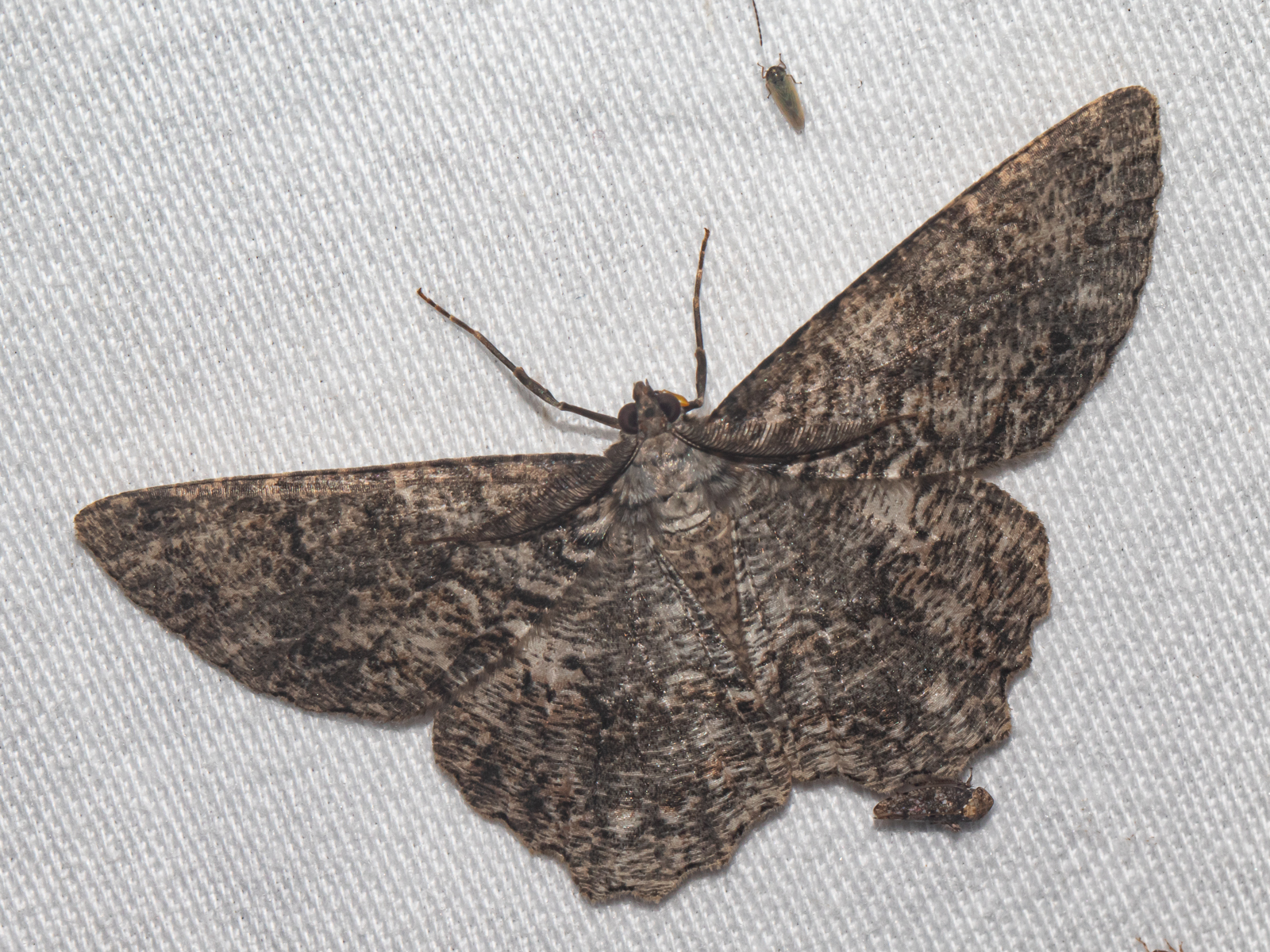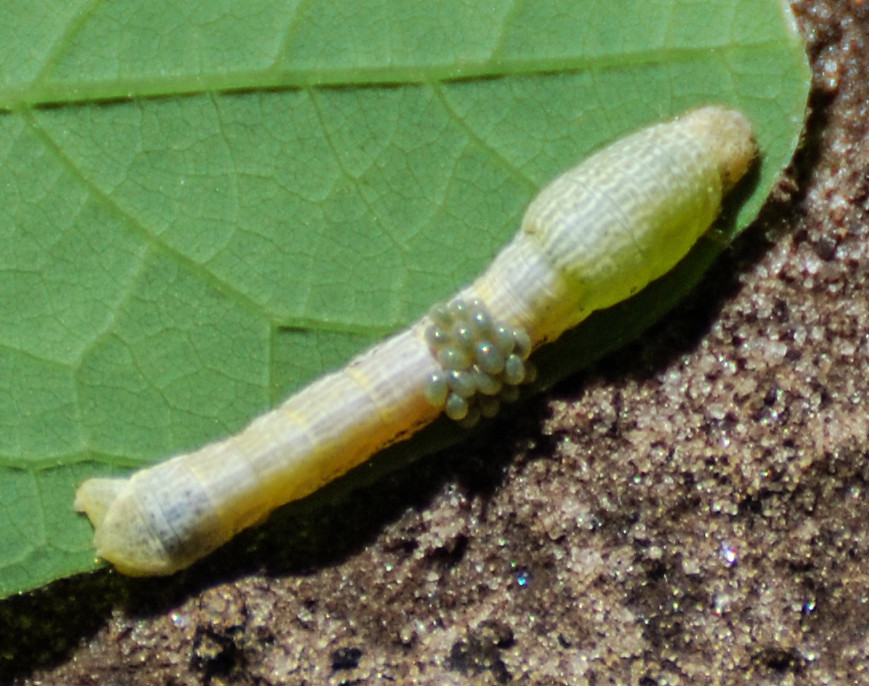A Tulip-tree Beauty Moth in Harford Co., Maryland (7/21/2014).
A Tulip-tree Beauty Moth in Montgomery Co., Maryland (7/22/2018). Verified by Roger Downer/BAMONA.
A Tulip-tree Beauty Moth in Cecil Co., Maryland (5/3/2015). Verified by Roger Downer/BAMONA.
A Tulip-tree Beauty Moth in Frederick Co., Maryland (5/29/2018).
A Tulip-tree Beauty Moth in Anne Arundel Co., Maryland (5/13/2015).
A Tulip-tree Beauty Moth in Dorchester Co., Maryland (7/17/2016).
A Tulip-tree Beauty Moth in Howard Co., Maryland (6/30/2011).
A Tulip-tree Beauty Moth in Worcester Co., Maryland (7/19/2013).
A male Tulip-tree Beauty Moth in Washington Co., Maryland (5/13/2023).
Tulip-tree Beauty Moth in Howard Co., Maryland (8/8/2014).
A Tulip-tree Beauty Moth in Howard Co., Maryland (5/11/2013).
Tulip-tree Beauty Moth in Worcester, Maryland (7/24/2013).
A Tulip-tree Beauty Moth in Worcester Co., Maryland (4/11/2014).
A Tulip-tree Beauty Moth in Montgomery Co., Maryland (4/19/2017).
Tulip-tree Beauty Moth in Howard Co., Maryland (7/25/2020). (c) Emilio Concari, some rights reserved (CC BY-NC ).
Tulip-tree Beauty Moth in Howard Co., Maryland (4/10/2017). (c) Timothy Reichard, all rights reserved.
Tulip-tree Beauty Moth in Howard Co., Maryland (6/11/2015). (c) Jim, some rights reserved (CC BY-NC ).
Tulip-tree Beauty Moth in Howard Co., Maryland (5/30/2020). (c) Emilio Concari, some rights reserved (CC BY-NC ).
A Tulip-tree Beauty Moth in Montgomery Co., Maryland (7/9/2013).
Tulip-tree Beauty Moth in Howard Co., Maryland (7/20/2016).
A Tulip-tree Beauty Moth in Frederick Co., Maryland (5/29/2016). Verified by Roger Downer/BAMONA.
A Tulip-tree Beauty Moth in Calvert Co., Maryland (4/27/2019).
A Tulip-tree Beauty Moth in Worcester Co., Maryland (6/21/2013).
Tulip-tree Beauty Moth in Washington Co., Maryland (4/13/2008).
A Tulip-tree Beauty Moth in Howard Co., Maryland (6/11/2015).
A Tulip-tree Beauty Moth in St. Mary's Co., Maryland (7/17/2016).
Tulip-tree Beauty Moth in Kent Co., Maryland (7/5/2014).
A Tulip-tree Beauty Moth in Prince George's Co., Maryland (6/1/2010).
A Tulip-tree Beauty Moth in Prince George's Co., Maryland (6/19/2010).
A Tulip-tree Beauty Moth in Calvert Co., Maryland (4/14/2006).
A melanic female Tulip-tree Beauty Moth in Howard Co., Maryland (2003).
A melanic male Tulip-tree Beauty Moth in Howard Co., Maryland (2003).
A Tulip-tree Beauty Moth caterpillar in Baltimore Co., Maryland (8/16/2017).
A Tulip-tree Beauty Moth larva in Frederick Co., Maryland (6/17/2017).
A Tulip-tree Beauty Moth caterpillar in Anne Arundel Co., Maryland (5/26/2018).
Tulip-tree Beauty Moth in Frederick Co., Maryland (6/26/2021). (c) Mark Etheridge, some rights reserved (CC BY-NC ).
A Tulip-tree Beauty Moth larva in Frederick Co., Maryland (6/7/2017).
Tulip-tree Beauty Moth caterpillar in Frederick Co., Maryland (7/19/2020).
Tulip-tree Beauty Moth caterpillar in Harford Co., Maryland (6/24/2021). Verified by Bob Biagi/BugGuide.
A Tulip-tree Beauty Moth caterpillar in Anne Arundel Co., Maryland (7/19/2014).
Tulip-tree Beauty Moth caterpillar in Harford Co., Maryland (7/13/2014).
A Tulip-tree Beauty Moth larva in Garrett Co., Maryland (6/20/2016).
A Tulip-tree Beauty Moth larva in Harford Co., Maryland (6/28/2017).
An early instar of a Tulip-tree Beauty Moth caterpillar in Harford Co., Maryland (6/12/2011).
A Tulip-tree Beauty Moth larva in Frederick Co., Maryland (6/21/2017).
Tulip-tree Beauty Moth caterpillar in Frederick Co., Maryland (8/22/2018).
Tulip-tree Beauty Moth in Baltimore Co., Maryland (7/19/2014). (c) jdyoung128, some rights reserved (CC BY-NC ).
Tulip-tree Beauty Moth in Anne Arundel Co., Maryland (7/13/2023). (c) Timothy Reichard, all rights reserved.
A Tulip-tree Beauty Moth caterpillar in Anne Arundel Co., Maryland (6/12/2019). Verified by John and Jane Balaban/BugGuide. Parasitized by Euplectrus species larvae.
Previous
Next
Use of media featured on Maryland Biodiversity Project is only permitted with express permission of the photographer.
A Tulip-tree Beauty Moth caterpillar in Anne Arundel Co., Maryland (6/12/2019). Verified by John and Jane Balaban/BugGuide. Parasitized by
Euplectrus species larvae.
View Record Details
Media by
Lynn Strauss .
Species of moth
Epimecis hortaria tulip-tree beauty , is a moth species of the Ennominae subfamily found in North America. It is found throughout New England south to Florida and west to Texas and Missouri . It was first described by Johan Christian Fabricius in 1794.[ 2] [ 3] Magnolia Asimina Populus Sassafras Liriodendron [ 4]
With a wingspan of 43–55 mm, E. hortaria is one of the larger geometer moths .[ 5] [ 3] [ 2]


























